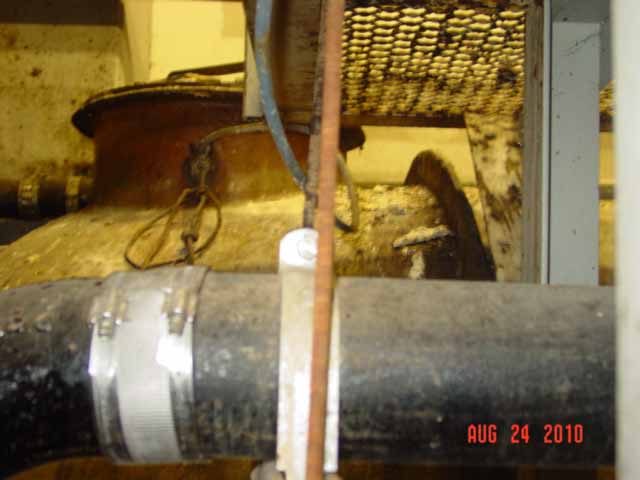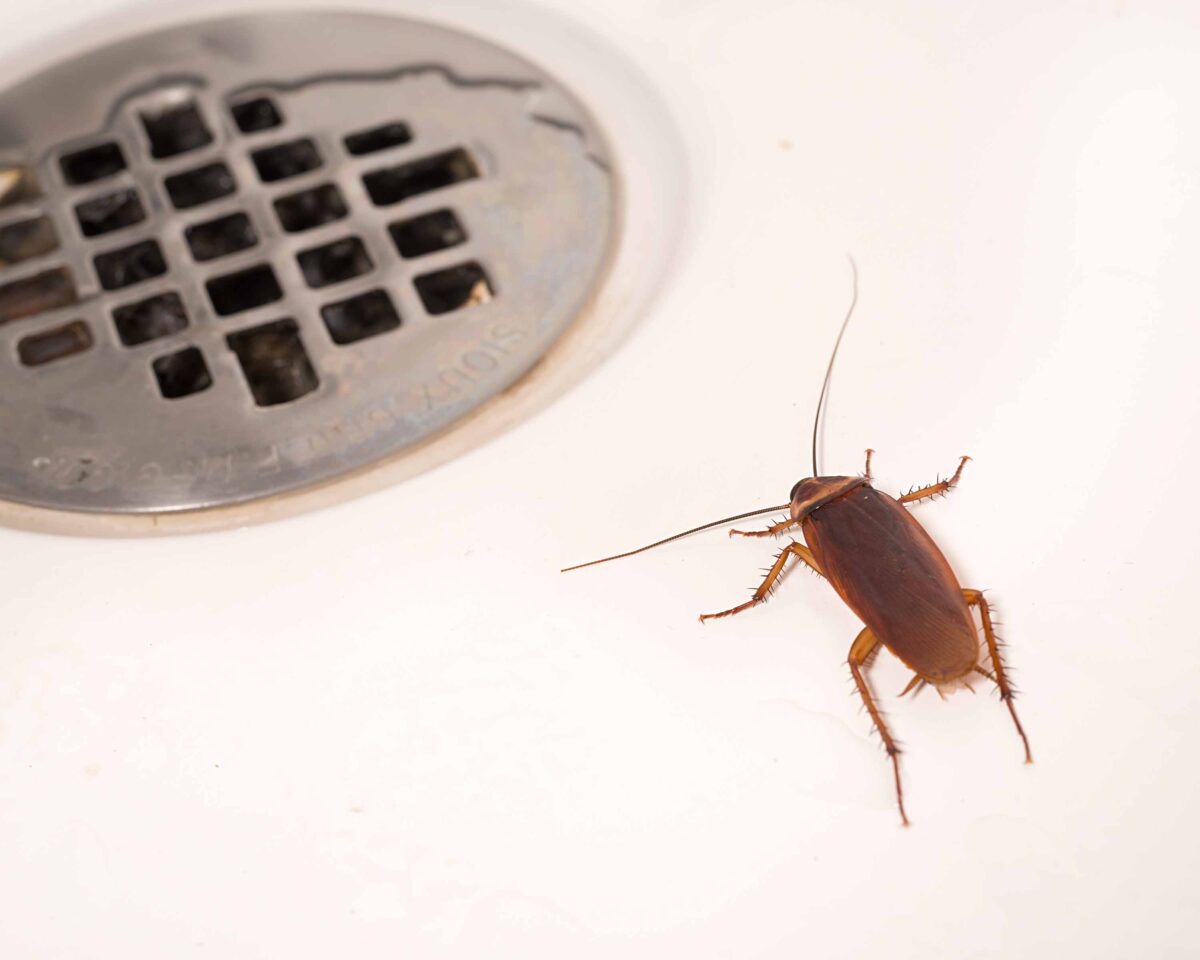This story caught my attention because of the following – “The reports states the inspection was not completed because the “inspector was not feeling safe.” This story is out of Maryland and I was caught off guard when the inspector said he didn’t feel safe because he heard crying noises from a storage area.
I think all restaurants need to have pest control, I check bathrooms before I eat any out at any establishment. If the bathrooms are clean generally speaking so is the kitchen and prep areas. From my point of view we always get that call when it’s an emergency and it has gotten to the point of State Inspections. Now don’t get me wrong there are numerous great restaurants that understand the word -clean. But if you own a restaurant here are a few of my tips.
- Cleaning is a daily job, if the employee’s are taught right from the very first day and held accountable it will help.
- Set up specific duties on different days to accomplish goals. For example Monday – clean all deep fryers, Tuesday specifically clean under all stoves, pull out heavy items, Wednesday – use Biovade or grease eating scum products to prevent build up – making sure to keep drains full of water and clean, Thursday – clean pantry taking stock of all inventory and making sure to use first in first out premise and Friday – clean anything else specific to that restaurant and no taking off duties on weekends.
- Post duties and make sure it gets done.
- Management must be just as accountable as employee’s.
- Don’t tolerate bad behavior.
- Praise staff for cleaning excellence – especially if you pass inspections, I suggest a party after work or free food. If everyone buys in, the place will be clean and draw in more consumers.

Grease traps should be checked and evaluated monthly, along with drains and other areas of spillage.



